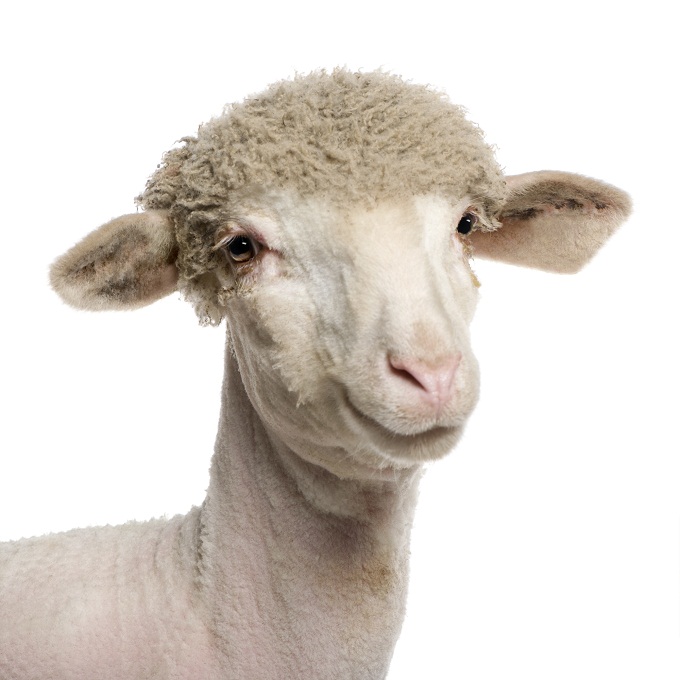


AGRICULTURAL CENSUS 2011 - PROGRESS REPORT
Just about everything has been counted that needed to be counted as part of our Agricultural Census 2011 and the results are in and the first (preliminary) data have been released.
The Agricultural Census, which was run between June and October 2011, has been the source for the data released. The information collected from the farming community via the Census will play a vital role in supporting the development and monitoring of Australia's agricultural, natural resource and water policies. The Census forms were sent out to about 163,000 agricultural businesses in Australia; the completed forms have been sent back, processed, data has been analysed and compiled and now published.
The data, published as Principal Agricultural Commodities, Australia, was released on 17 November 2011 and all of it can be seen on the ABS web site in Principal Agricultural Commodities, Preliminary, Australia (cat. no. 7111.0). Preliminary figures from the Agricultural Census are at the State/Territory level.
Here are a few of the important bits in a nutshell ...
- Sheep and lamb numbers show signs of recovery in 2010-11, due to better seasonal conditions, high prices and strong demand and rebuilding intentions.
- Total cattle numbers have also increased, with meat cattle experiencing a better recovery than milk cattle.
- The majority of crops also had production increases, mainly due to the benefits of improved seasonal conditions and increased rainfall. However, sugar cane was the notable exception, with loss of production due to the effects of flooding and Tropical Cyclone Yasi being major factors.
- Cotton and rice production more than doubled and almost trebled respectively, largely because of the increased availability of irrigation water.
- Drought conditions in Western Australia have impacted greatly, causing a decline in both production and livestock numbers.
Data highlights:
Crops:
- Wheat production rose by 28%, to 27.9 million tonnes when compared to 2009-10
- Production of barley for grain rose by 4% to 8.1 million tonnes
- Cotton production more than doubled, to 757,000 tonnes
- Rice production was 726,000 tonnes, an increase of 269% from 2009-10
Livestock:
- Milk cattle numbers increased by 2%, to 2.6 million head from 2009-10
- Meat cattle increased to 26.2 million head in 2010-11, a 9% increase
- Sheep and lamb numbers are up to 74.3 million head, which was a 9% increase from 2009-10.
The final estimates will be released in June 2012 in
Agricultural Commodities, Australia (cat. no. 7121.0). Additional data cubes for regional geographies and Natural Resource Management regions will also be released at a later date.
 Print Page
Print Page
 Print All
Print All